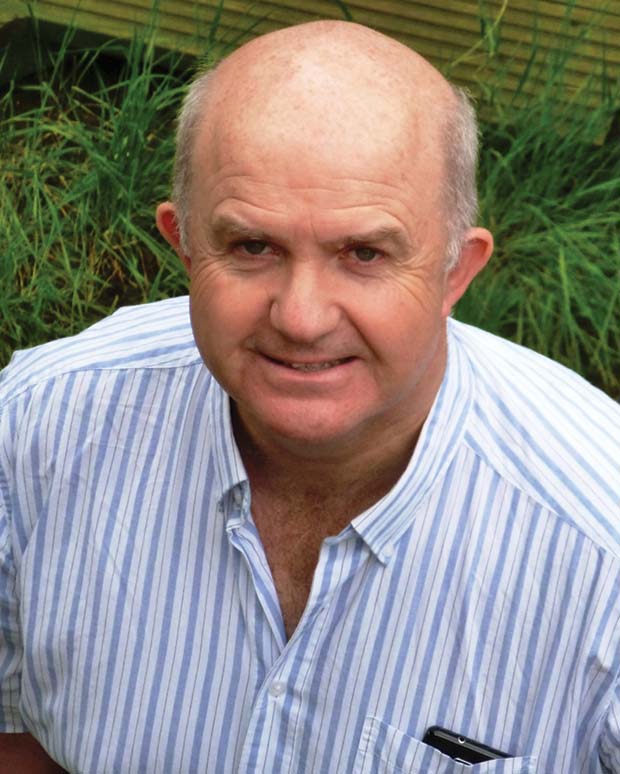The European Commission’s R&D funding programme might not be perfect but the scale of funding available to SMEs is significant. Dr Huw Edwards takes a look across the European scene.
 I’m often struck by an apparent ‘fixed view’ of what’s on offer for European Commission R&D grants and how the funding process works.
I’m often struck by an apparent ‘fixed view’ of what’s on offer for European Commission R&D grants and how the funding process works.
Companies which have participated in European programmes five or even 10 years ago present as fact that your project needs a Portuguese partner or that the process is very bureaucratic.
Such a fossilisation of ideas is dangerous, not least because the European Commission and its funding schemes are evolutionary, not revolutionary. The grants for R&D have run for decades, but the rules have changed.
The grant programmes have been organised under five to six year plans, and each time there are major changes, not just in the grant’s purpose but in the process of assessing the bids and in the management of the awarded grants.
And these changes haven’t been made willy-nilly; they arise from a consultation process with governments, representatives of both large and small companies, research institutions and technology user groups, drawn from across the European Union.
Even during a programme (which until the current Horizon 2020 were referred to as Frameworks) changes were made. For example, collaborative projects were originally confined to partnerships from EU states. Subsequently a long list of developing countries were added but the US and Japan were excluded because they are major EU competitors.
Then, half way through FP7, the programme became ‘international’ and partnerships with the US and Japan were possible, in cases where they added significant value to the project and its eventual commercialisation.
So, over the years the R&D grant funding has changed in many ways and the scale of the research funding has also increased significantly. The ways in which an organisation can be funded, the instruments, have also developed and multiplied.
The original projects are now delivered as small collaborative projects, large collaborative projects and the newest instrument; the SME mechanism. The original ‘accompanying measures’ (funding for conferences, networking and specific work in non-EU states) now include networks of excellence, coordination actions and community support actions.
One would be naive to say that all changes have been successful or that there aren’t wrinkles in the process.
The introduction of large projects ‘with critical mass’ saw projects of 20 -30 partners with budgets in excess of Euro 25 million.
The large integrated projects proved unwieldy and unmanageable and these days, large projects have 10-15 partners and budgets of Euro 8-15 million.
In the current Horizon 2020 the SME mechanism has been heralded as a great step forward – its funding dedicated to SMEs and with a much simplified application procedure.
The Achilles Heel of this development has been its great success. The number of applications is very high and as a corollary, success rates are very low.
The European Commission has expressed its concern about this situation and is currently seeking a resolution. Another change is probably on its way.
Nevertheless, Horizon 2020 is a very attractive source of funding for companies developing new products and technologies.
The funding is ring-fenced, and the overall scale of the programme – in excess of Euro 50 billion – is very significant.
The principal difficulty in successfully accessing Horizon 2020 funding is understanding where the programme currently sits, how applications are assessed and how funded projects operate with respect to Commission administration.
What is needed is good current understanding of the programmes and processes, because projects are developed over time. As proposal submission may be several months away, awareness of the evolutionary changes taking place in the programme going forward are critical.





Comments are closed.